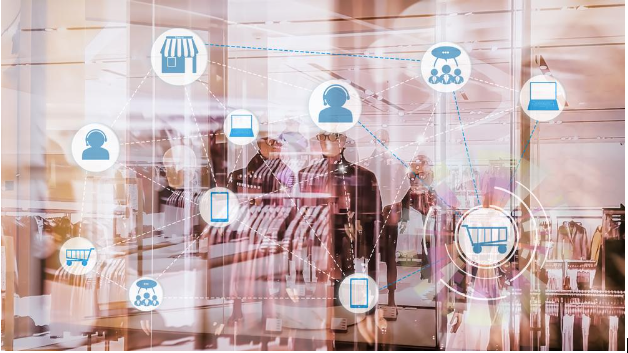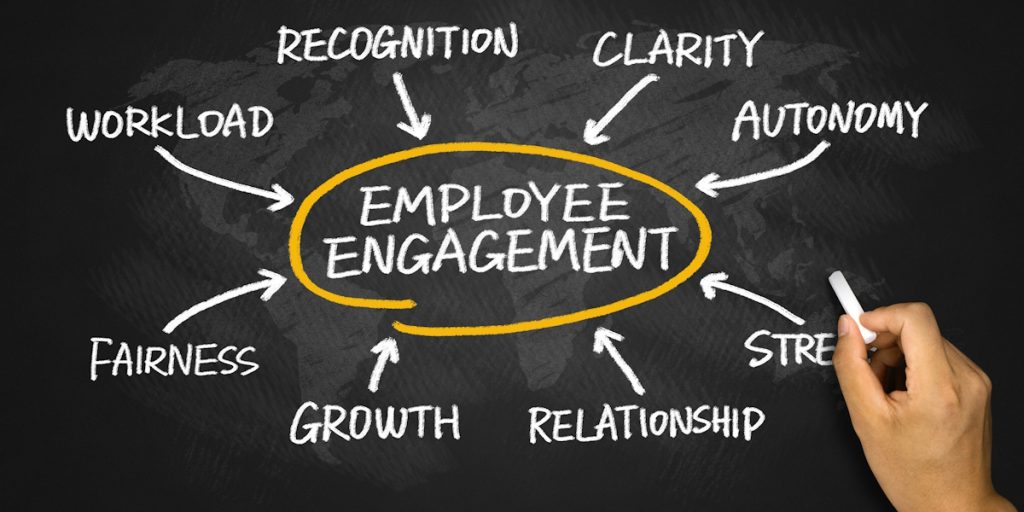Keeping employees motivated and loyal is a constant challenge for companies. Leaders often debate whether recognition or rewards are more effective in achieving that goal. The conversation about employee recognition vs rewards is important because both methods work differently but can influence engagement, morale, and productivity.
The truth is, there’s no single answer for every organization. The key lies in understanding how each approach impacts employees, and how a company can apply them to meet both short-term objectives and long-term engagement goals. Let’s break down the difference, explore their benefits, and see how to choose the best approach for your team.
Understanding Employee Recognition vs Rewards
Employee recognition is the act of appreciating and acknowledging an employee’s contributions, achievements, or behaviors. It often involves verbal praise, public acknowledgment, or a personal thank-you message. Recognition is about emotional value — making an employee feel seen and appreciated.
Employee rewards, on the other hand, are tangible incentives given in return for performance or achievements. These can include bonuses, gift cards, merchandise, or extra leave days. Rewards are about material value — giving something that an employee can use or enjoy.
The difference lies in their purpose: recognition taps into emotional motivation, while rewards provide physical or financial motivation.
Recognition vs Rewards Examples
Here are some recognition vs rewards examples that show the distinction:
- Recognition: A manager praises an employee during a team meeting for solving a complex problem.
- Reward: The employee receives a gift voucher for completing the project ahead of schedule.
- Combined: The employee gets public acknowledgment and a dinner voucher to celebrate their achievement.
These examples highlight that recognition builds long-term satisfaction, while rewards add excitement and immediate gratification.
Benefits of Employee Recognition
Recognition often has a deeper and more lasting impact compared to rewards. Some non-monetary recognition benefits include:
- Higher loyalty: Employees who feel appreciated are more likely to stay with the company.
- Stronger relationships: Recognition builds trust between employees and managers.
- Sustained motivation: Verbal or written praise can inspire continued good performance.
- Cultural improvement: Public recognition promotes a positive, collaborative environment.
Employee recognition programs often cost less than rewards programs but can produce higher engagement levels when done consistently.
Benefits of Employee Rewards
While recognition appeals to emotions, rewards offer tangible value that can motivate employees in specific situations. Rewards programs for employee motivation can:
- Encourage employees to meet short-term performance goals
- Create healthy competition within teams
- Provide a physical reminder of achievement
- Make milestones feel more significant
The impact of rewards on employee morale is strongest when the reward is timely, personalized, and meaningful to the individual.
Which is Better for Employees?
For employees, recognition often feels more personal and lasting. A heartfelt acknowledgment can make them feel valued beyond their output, boosting self-worth and long-term commitment. However, rewards can give an immediate morale boost and show that the company is willing to invest in its people.
The best approach for employees is a mix — frequent recognition for daily contributions, combined with occasional rewards for major achievements. This ensures both emotional satisfaction and tangible appreciation.
Which is Better for Companies?
From a company’s perspective, recognition can be more cost-effective and impactful for retention. It strengthens company culture and doesn’t always require financial resources. Rewards, while sometimes costly, can be a strategic tool to hit business targets quickly.
For most organizations, the most sustainable approach is combining both — recognition to maintain engagement over time, and rewards to drive short-term performance.
Designing Effective Recognition vs Reward Programs
Building a program that uses recognition and rewards effectively requires planning and an understanding of what motivates your team. The goal is to create a system that is fair, consistent, and meaningful for everyone involved.
1. Make it Timely
Recognition and rewards have the greatest impact when given soon after the achievement. If too much time passes, the connection between the accomplishment and the acknowledgment weakens. Managers should be encouraged to respond quickly when they notice great performance.
2. Personalize the Approach
A one-size-fits-all system rarely works. Some employees value public praise, while others prefer private acknowledgment. Similarly, not everyone will be motivated by the same reward. Use surveys or casual conversations to learn about your team’s preferences. For example, a parent might appreciate flexible hours more than a gift card.
3. Balance Frequency and Value
Recognition can be frequent and informal — such as a quick “thank you” email or verbal acknowledgment. Rewards should be occasional but impactful, reserved for major milestones or exceptional achievements. This balance ensures recognition stays meaningful and rewards remain special.
4. Mix Monetary and Non-Monetary Incentives
Blend emotional acknowledgment with tangible benefits. Monetary rewards like bonuses are powerful, but non-monetary incentives such as professional development opportunities, extra vacation days, or project leadership roles can be just as motivating and often more memorable.
5. Encourage Peer-to-Peer Recognition
Recognition shouldn’t always come from management. Peer-to-peer appreciation helps build a culture where employees actively support and celebrate each other. This can be as simple as a shared “kudos” board or a team meeting shout-out.
6. Track and Review Regularly
Monitor participation rates and gather feedback to understand what’s working and what isn’t. Use data such as employee engagement surveys, retention rates, and performance trends to refine your approach over time.
A well-designed program will adapt to your company’s evolving needs while keeping employees motivated and appreciated year-round.
Final Thoughts
The debate over employee recognition vs rewards isn’t about picking one side — it’s about finding the right balance. Recognition fosters loyalty and emotional connection, while rewards provide immediate motivation and excitement.
Companies that understand how to combine the two will not only keep employees engaged but will also see better performance, reduced turnover, and a stronger workplace culture. The winning formula is simple: recognize often, reward meaningfully, and always tailor your approach to your team’s unique needs.
What Drives Your Team More — Heartfelt Recognition Or Meaningful Rewards?




